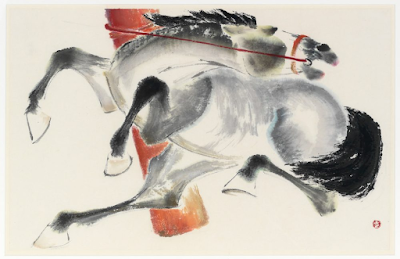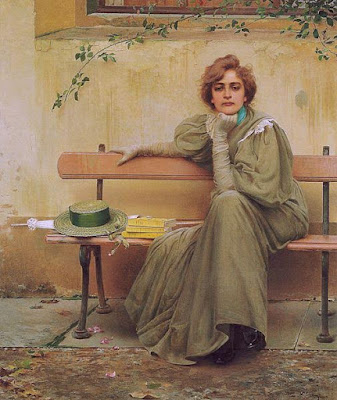"Vigorous Horse" Zeng Shanqing

I am sorry it has taken me so long to write, but life just got in the way this week. I found this artist and image late last week and am so excited about exchanging comments about it with you. Artist is Zeng Shanqing (1932-) and the work is titled, Vigorous Horse. It was completed in 2002 and is part of the collection of Williams College, Museum of Art. It is an ink and color on paper, measuring 17" x 27". Shanqing was born in Beijing, China working as a college professor at the Central Academy of Art. From 1949-1970's his creative work was stifled by the Cultural Revolution of ruler Moa Zedong. He suffered political criticism and endured several years of physical labor. In 1986 he moved to the United States and is currently living in New York City with his artist wife, Yang Yamping. The horse is an important image in Chinese mythology and legend, and is the 7th cycle of the Chinese zodiac. So here, Shanqing image directly relates to the trauma of his


